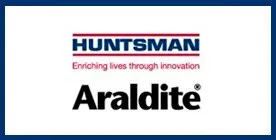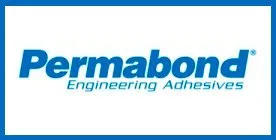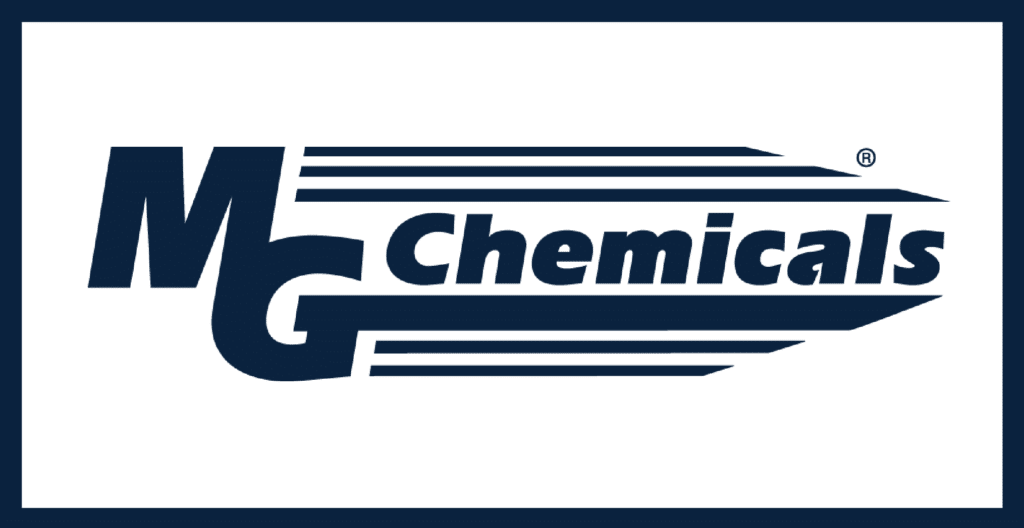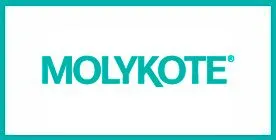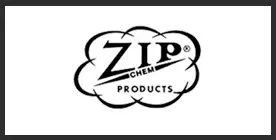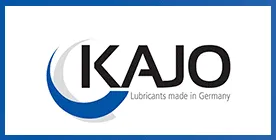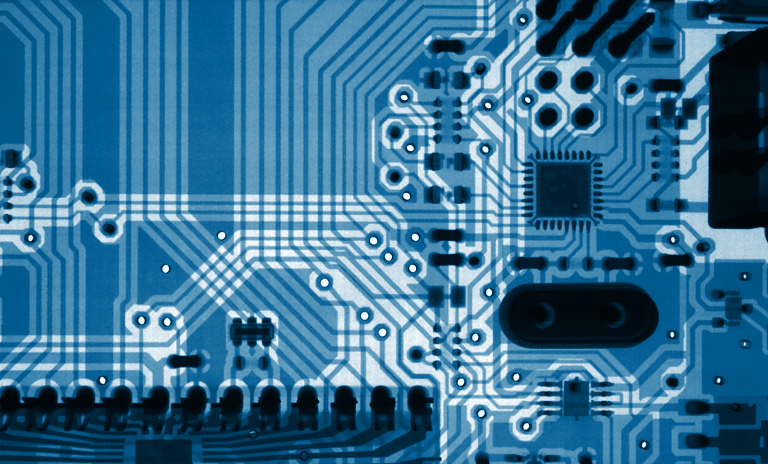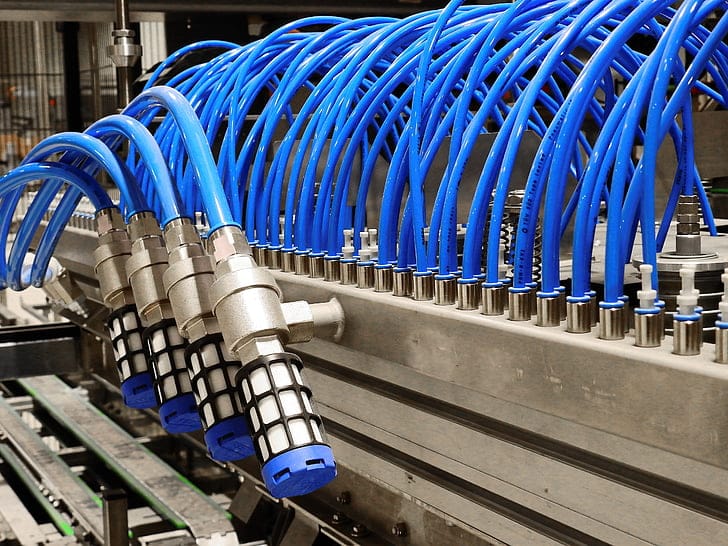
The miniaturisation of electronics refers to the manufacturing of ever-smaller electronic products and devices and is driven by factors such as the need for increased performance and functionality, reduced size and weight, improved efficiency and cost-effectiveness, and the development of new, more compact devices such as wearables, medical technology, and automotive electronics. The miniaturisation of electronics is essential, as the exponential growth in transistor density and computing power — as described in Moore’s Law — requires electronics to become increasingly smaller, faster, and more energy-efficient.
Adhesives play a crucial role in the miniaturisation of electronic devices, enabling the assembly of thinner, lighter, and more flexible devices. Specific properties offered by adhesives such as high flexibility, low thickness, and the ability to bond to dissimilar substrates are essential for miniaturisation. Advancing the future of small-scale electronics, electronics-grade adhesives are able to address areas of microelectronic production that traditional techniques such as soldering cannot. Adhesives offer a precise and controlled method for attaching miniature components to PCBs and other electronic assemblies. These electronics-grade adhesives come in various formulations with controlled viscosity allowing for the secure bonding of microscopic components, the ability to apply complex geometries with precision and control, and a level of durability that ensures long-term performance, even under harsh operating conditions.
Adhesive properties for miniaturisation in microelectronics
There are numerous properties to consider when looking for an adhesive that is compatible with the production and assembly of microelectronics, including:
- High thermal and electrical conductivity: Adhesives with high thermal conductivity effectively dissipate heat in miniaturised electronic devices. Thermally conductive adhesives often contain formulated fillers to enhance heat transfer.
- Low outgassing: Adhesives used in microelectronics must have low outgassing to prevent contamination of sensitive electronic components. Volatile solvents are generally avoided in modern adhesive formulations.
- Precise dispensing capabilities: The ability to precisely dispense adhesives is crucial for the assembly of small, intricate microelectronic devices. Adhesives need to have the right flow behaviour and viscosity to enable accurate and controlled application.
- High temperature stability: Adhesives must be able to withstand the high temperatures encountered during the manufacturing process alongside the operating temperatures of the final device.
- Strong adhesion and reliability: Adhesives need to provide robust bonding between dissimilar substrates to ensure the structural integrity and long-term reliability of microelectronic devices.
Adhesive products for electronics miniaturisation
Silicone — DOWSIL
DOWSIL offers a wide range of silicone adhesives well-suited for the challenges of electronics miniaturisation including flexibility and conformability, good gap filling, and moisture resistance. Using DOWSIL silicone adhesives helps to ensure strong, reliable, and thermally efficient bonding of components in miniaturised electronic devices.
DOWSIL 3140
This one-part, silicone-based adhesive excels in various aspects in the miniaturisation of electronic devices. The product’s high viscosity makes 3140 ideal for applications where there might be small gaps between components that need filling. The high viscosity ensures the adhesive fills these gaps effectively, creating a strong and secure bond. 3140 demonstrates excellent adhesion to a wide range of materials commonly used in electronics assembly, such as plastics and metals. This versatility simplifies the bonding process in miniaturised devices that often incorporate different materials.
DOWSIL 3145
DOWSIL 3145 is similarly one-component and has many of the same benefits as 3140 though it has a lower viscosity that means that whilst it can still fill gaps, it is easier to dispense and manipulate, potentially improving production efficiency for certain applications requiring more precise adhesive placement. 3145 has high sag resistance, meaning it is less likely to flow or drip during the application process, particularly when bonding components in a vertical orientation within a miniaturised device.
DOWSIL SE 9186
The DOWSIL SE series is specifically formulated for demanding applications such as electronics miniaturisation. SE 9186 has a low viscosity that makes it easy to dispense and manipulate, allowing for more precise application during the assembly of miniaturised devices, this can be beneficial for situations involving delicate components or intricate bonding patterns. With a fast cure time, DOWSIL SE 9186 can improve production efficiency in miniaturisation projects where faster assembly times are desired.
DOWSIL SE 9189
DOWSIL SE 9189 has a higher viscosity for superior gap-filling capabilities. This is advantageous in the miniaturisation of electronic devices where small gaps between components need filling for a strong and secure bond. SE 9189 offers high chemical resistance, making it highly suitable for miniaturised devices that might be exposed to harsh chemicals during their operation or use.
UV-curable — Permabond
Permabond UV610
Permabond UV610 and UV625 are UV-curable adhesives specifically designed for bonding components in miniaturised electronic devices. UV light allows for targeted curing of the adhesive, enabling precise control over the bonding area, ideal for miniaturised devices with intricate bonding patterns or tight spaces between components. UV610 offers a high viscosity for miniaturised gap filling and good chemical resistance for harsh environments.
Permabond UV625
Permabond UV625 has a lower viscosity, allowing for easier dispensing and flow during application which can be advantageous for situations requiring precise application on small components or intricate bonding patterns within small-scale devices. UV625, also boasts a high glass transition temperature, meaning it can maintain its strength and stability at high operating temperatures.
Epoxy — Huntsman Araldite
Huntsman Araldite 2011
Huntsman have developed a range of epoxy adhesives that are well-suited for electronic miniaturisation applications. Araldite 2011 offers a fast cure time for improved production efficiency in miniaturisation projects where faster assembly times are required. The epoxy formulation offers good toughness, meaning it can withstand some degree of stress without damage. This toughness is especially helpful for miniaturised electronics that might be subject to mechanical shock or vibrations during operation.
Huntsman Araldite 2012
Araldite 2012 offers slightly better moisture resistance compared to Araldite 2011, making it the go-to choice for miniaturised electronics that may be exposed to moisture-rich environments, protecting the bond from weakening or failing. As with Permabond UV adhesives, Araldite 2012 possesses a higher glass transition temperature, indicating that it can maintain its strength and stability at elevated operating temperatures.
The Antala Brochure for Electronic Protection & Thermal Management
For more information regarding our range of adhesives and sealants for electronic protection and thermal management, plus a range of other enhanced solutions from leading brands — encapsulation resins and gels, conformal coatings, thermal management — that will elevate and advance your electronic production processes. View the brochure, here.

